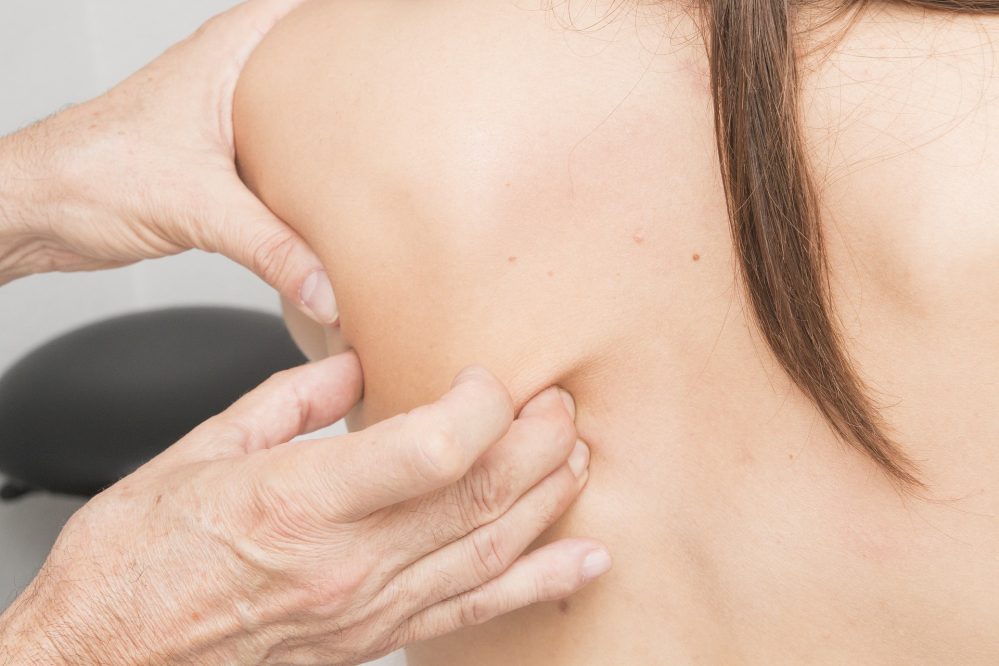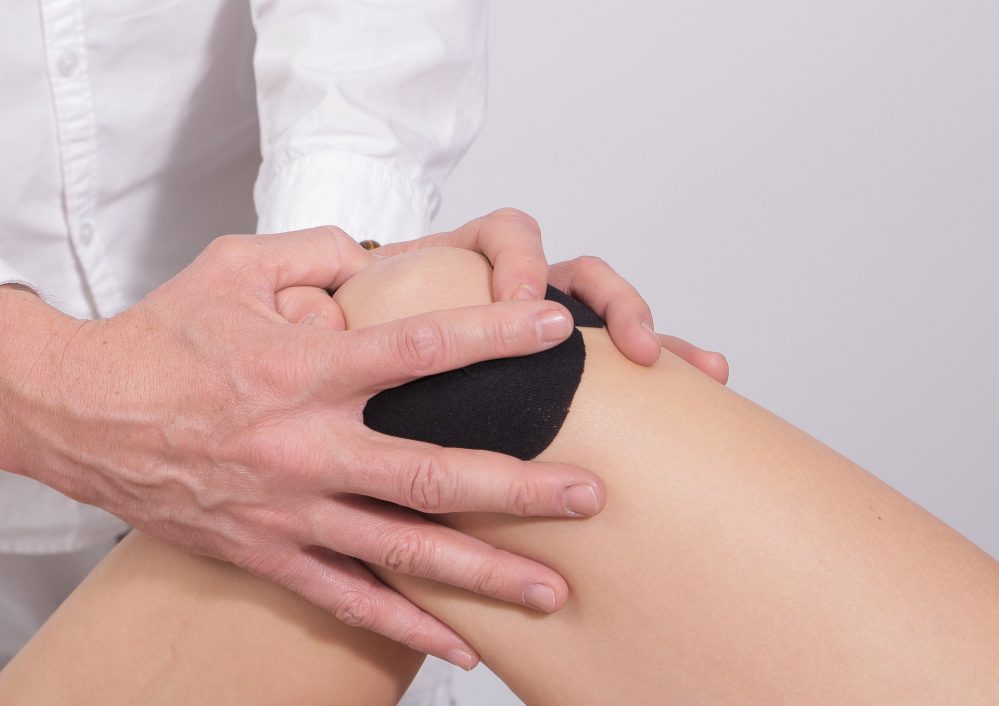There’s nothing quite like a great massage to melt away stress and soothe tired muscles. While many people think of the standard Swedish massage as the go-to for relaxation, numerous other types of massage therapy provide immediate relaxation and offer a range of additional benefits, especially with regular sessions. One such powerful and effective form of therapy is Tuina massage.
Curious to learn more about this ancient practice? Keep reading as we explore key matters, ranging from the basic question of “What is Tuina massage?” to its many benefits that can enhance your overall well-being.
What Is a Tuina Massage?
Tuina massage is a therapeutic form of bodywork that originated in ancient China and is an integral part of traditional Chinese medicine (TCM). “Tui Na” (pronounced “twee-nah”) translates to “push and grasp” in Chinese, reflecting the primary techniques used in this therapy.
Developed over 2,000 years ago, Tuina massage involves manipulating the body’s muscles and soft tissues to stimulate the flow of Qi (life energy) and blood, promoting balance and harmony within the body. Culturally significant, Tuina is deeply rooted in Chinese medical traditions and is often used alongside acupuncture, herbal medicine, and other TCM practices to treat various ailments and maintain overall health.
How it works
Tuina massage operates on the principles of traditional Chinese medicine, which focuses on balancing the body’s energy and maintaining the smooth flow of Qi and blood through the meridians. Tuina aims to remove blockages and restore balance within the body’s systems by applying various manual techniques. This massage modality works on both physical and energetic levels.
Tuina Massage: Techniques

Tuina massage employs various techniques, each serving distinct purposes and applications. Here are some of the main tuina massage techniques used:
— Rolling (Gun Fa): Uses the back of the hand to create a rolling motion, deeply penetrating muscles and tissues to relieve tension and improve circulation.
— Kneading (Rou Fa): Involves circular, kneading motions using the fingers or palms to soften and relax muscles, enhance blood flow, and reduce pain.
— Pressing (An Fa): Applies steady pressure on specific points to stimulate acupoints, alleviate pain, and balance Qi flow.
— Grasping (Na Fa): Utilizes a pinching and pulling motion to lift and manipulate muscles, reducing tightness and promoting relaxation.
— Pushing (Tui Fa): Employs firm, rhythmic pushing strokes along the meridians to enhance Qi flow, improve circulation, and relieve tension.
— Patting (Pai Fa): Uses light, rhythmic tapping with the hands or fingers to stimulate the skin, muscles, and acupoints, invigorating the body and promoting relaxation.
— Rubbing (Mo Fa): Involves gentle, circular rubbing motions to warm the muscles and increase blood circulation.
— Pinching (Qia Fa): Applies a quick, pinching motion to specific points or areas to stimulate acupoints and release blockages in the meridians.
— Vibrating (Zhen Fa): Uses rapid, shaking, or vibrating motions to penetrate deep into tissues, relaxing muscles and stimulating Qi flow.
Tuina Massage: Benefits
There are several Tuina massage benefits, some of which are outlined below:
1. Boosts blood circulation
One of the primary benefits of Tuina massage is its ability to enhance blood circulation. Techniques like yi zhi chan manipulation on specific acupoints, such as the BL 56, have been shown to significantly improve blood flow, particularly when medium force is applied for about ten minutes.
Enhanced circulation means more oxygen, so nutrients are delivered to the body’s tissues, aiding healing and promoting overall health. This increased blood flow can also help remove metabolic waste products from the muscles and tissues, reducing inflammation and encouraging faster injury recovery.
2. Treats depression
Tuina massage has shown promise in treating depression by addressing both physical and emotional aspects of the condition. Clinical reports show that Tuina massage can have a therapeutic effect on depression, specifically post-stroke depression. This is likely due to the massage’s ability to reduce stress, improve mood, and enhance the flow of Qi, which in traditional Chinese medicine is linked to emotional and mental well-being.
By alleviating physical tension and promoting relaxation, Tuina helps to balance the body’s energy and support mental health, making it a valuable tool for those suffering from depression.
3. Reduces neck pain
Tuina massage is also particularly effective in relieving neck pain, which is often caused by muscle tension, poor posture, and stress. Studies show that Tuina massage significantly reduces chronic neck pain, with patients experiencing notable pain relief after six treatments over three weeks. The massage techniques used in Tuina help to loosen tight muscles, improve flexibility, and reduce inflammation in the neck area.
By targeting specific acupoints and meridians, Tuina not only alleviates pain but also addresses the underlying causes of discomfort, providing long-lasting relief and improving neck mobility.
4. Relieves low back pain
Studies have also demonstrated that Tuina can significantly decrease pain levels and enhance physical function, making daily activities easier for those suffering from chronic lower back pain. The techniques used in Tuina (such as pressing, kneading, and rolling) target the muscles and soft tissues in the lower back, helping to release tension, reduce inflammation, and enhance blood flow. This alleviates pain and improves mobility and flexibility in the affected area.
5. Treats osteoarthritis

By enhancing blood flow to the affected joints and promoting the circulation of synovial fluid, Tuina can also improve joint health and reduce the symptoms of osteoarthritis, offering a non-invasive and drug-free alternative for pain management.
A recent randomized and controlled clinical trial has shown that Tuina therapy is both safe and effective for patients with knee osteoarthritis. The study found that a 4-week course of Tuina therapy significantly improved knee joint physical function, reduced joint pain, and enhanced the quality of life for these patients, outperforming the results seen with health education alone.
6. Helps with diabetic foot
For individuals with early-stage diabetic foot, Tuina massage has shown therapeutic benefits, especially when combined with traditional Chinese medicine practices, such as foot baths. A study found significant improvements in foot health and overall well-being for diabetic patients receiving this combination therapy.
Tuina massage helps to enhance blood circulation in the feet, reduce inflammation, and alleviate pain, which are critical for managing diabetic foot complications. The improved blood flow also aids in the healing of minor wounds and ulcers, preventing them from worsening and reducing the risk of severe infections.
7. Treats constipation
Tuina massage is effective in treating constipation by stimulating specific acupoints and promoting better digestive health. Clinical trials show that tuina techniques on the abdomen can help regulate bowel movements and alleviate discomfort associated with constipation.
By improving the flow of Qi and blood in the digestive system, Tuina massage can enhance gastrointestinal motility and relieve symptoms of constipation. Regular sessions can help to maintain healthy digestion, reduce bloating, and support overall digestive function, providing a natural and holistic remedy for digestive issues.
8. Improves quality of life in cancer patients
Lastly, tuina massage has been found to improve the quality of life for cancer patients, particularly those in terminal stages. A meta-analysis assessing the effects of Tuina, alongside acupuncture and other traditional Chinese practices, found significant improvements in symptoms and overall well-being.
Since tuina massage helps to reduce pain, alleviate stress, and enhance the flow of Qi, it can be particularly beneficial for cancer patients dealing with the physical and emotional toll of their illness. By integrating Tuina massage into their care regimen, cancer patients can experience enhanced comfort, reduced symptoms, and a better quality of life, making it a valuable complementary therapy in cancer care.
Side Effects
While Tuina massage is generally considered safe and beneficial, it is important to be aware of potential side effects and risks. Some individuals might experience mild discomfort, bruising, or soreness at the site of manipulation due to the deep pressure techniques used. In rare cases, Tuina can cause fatigue, dizziness, or headaches, particularly if the session is too intense or the individual is not accustomed to this type of bodywork.
It is also crucial for people with certain medical conditions, such as fractures, severe osteoporosis, or skin infections, to avoid Tuina massage or consult with a healthcare provider before undergoing treatment. Pregnant women should also seek advice from their healthcare provider to ensure the safety of the massage.
Overall, when performed by a trained and experienced practitioner, Tuina massage is a safe and effective therapy with manageable and typically mild side effects.
The Bottom Line
There are so many types of therapeutic massages, each offering unique and excellent benefits tailored to various health needs and wellness goals. Becoming acquainted with the different types can help you find the one that best suits your needs.
If you’re looking to experience a massage that not only relaxes but also aligns with traditional Chinese medicine principles to promote holistic healing, Tuina massage might be the perfect choice. Give Tuina massage a try and feel the difference as it balances your body’s energy and revitalizes your well-being. Your body will thank you for it!
Frequently Asked Questions (FAQs)
What not to do after Tuina?
After a Tuina massage, it is advisable to avoid strenuous physical activities, consuming cold beverages, and exposing your body to cold environments. These precautions help maintain the benefits of the massage and allow your body to continue the healing process.
What is the difference between Tuina and regular massage?
Tuina differs from regular massage in that it incorporates principles of traditional Chinese medicine, focusing on balancing the body’s energy and addressing specific health issues. While regular massage typically emphasizes relaxation and muscle tension relief, Tuina uses a variety of techniques. These include kneading, pressing, and rolling, to stimulate acupoints and meridians for holistic healing.
Is Tuina painful?
Tuina is generally not painful, although some techniques may involve deep pressure that can cause temporary discomfort. The intensity of the massage can be adjusted according to the patient’s comfort level and therapeutic needs, ensuring a beneficial and tolerable experience.
How long is a Tuina massage?
A typical Tuina massage session lasts between 30 and 60 minutes, depending on the individual’s needs and the specific health issues being addressed. Some treatments may be shorter or longer based on the practitioner’s assessment and the patient’s condition.